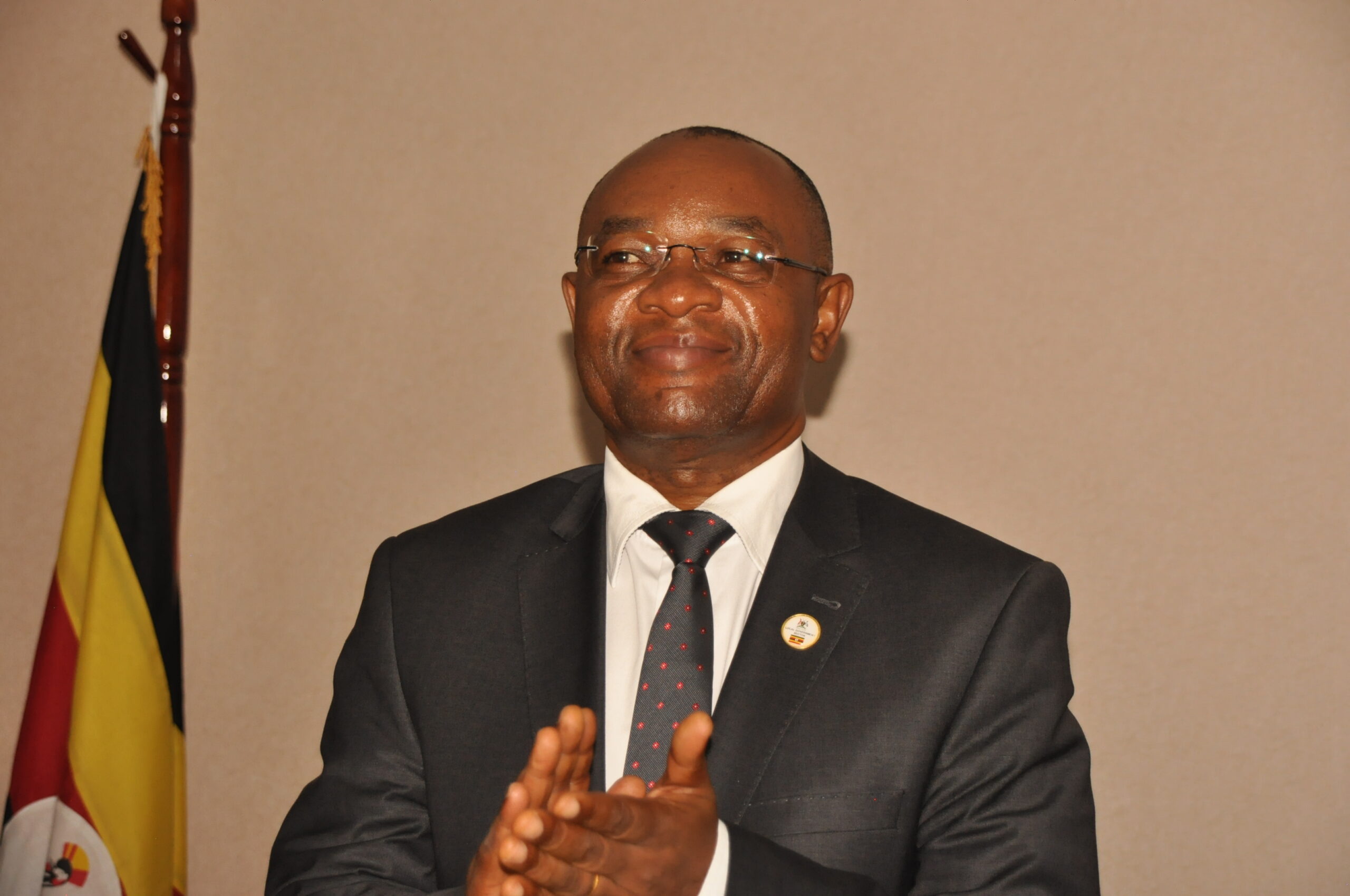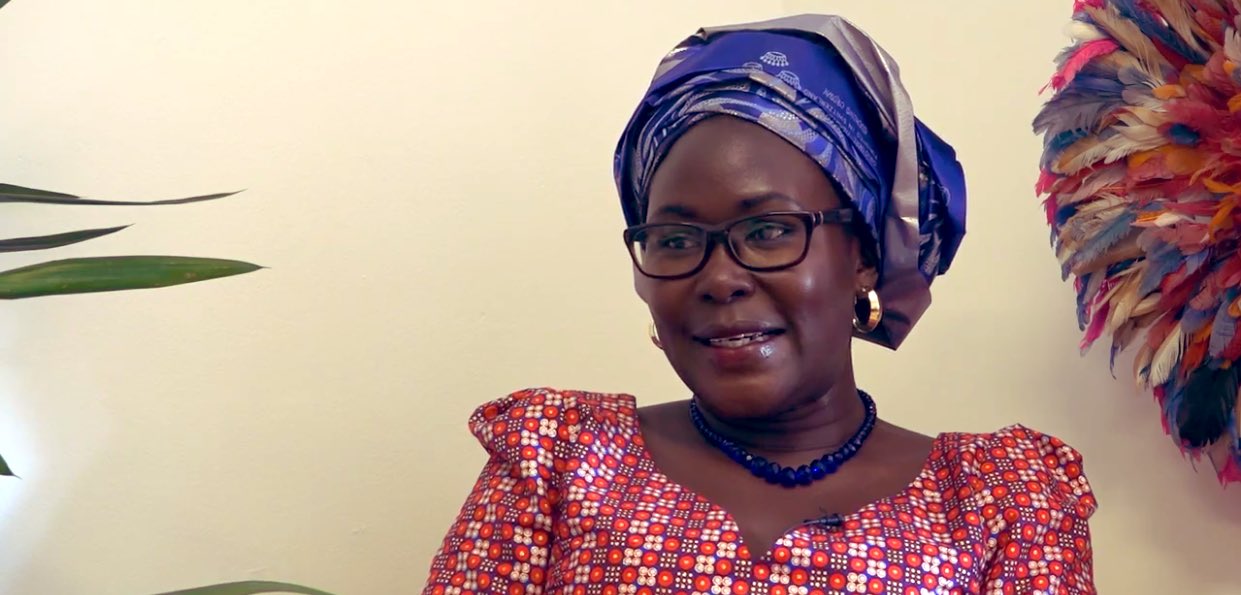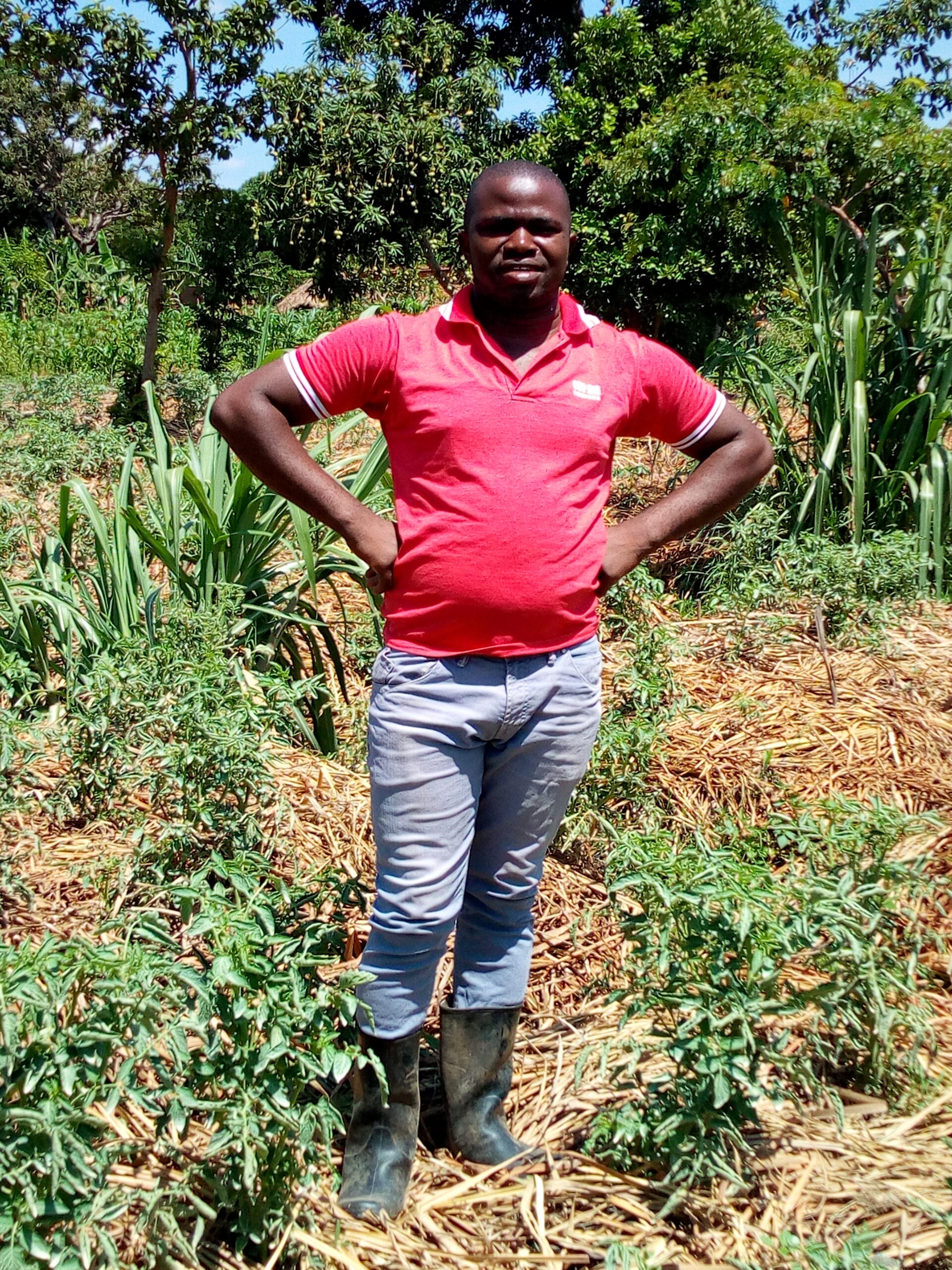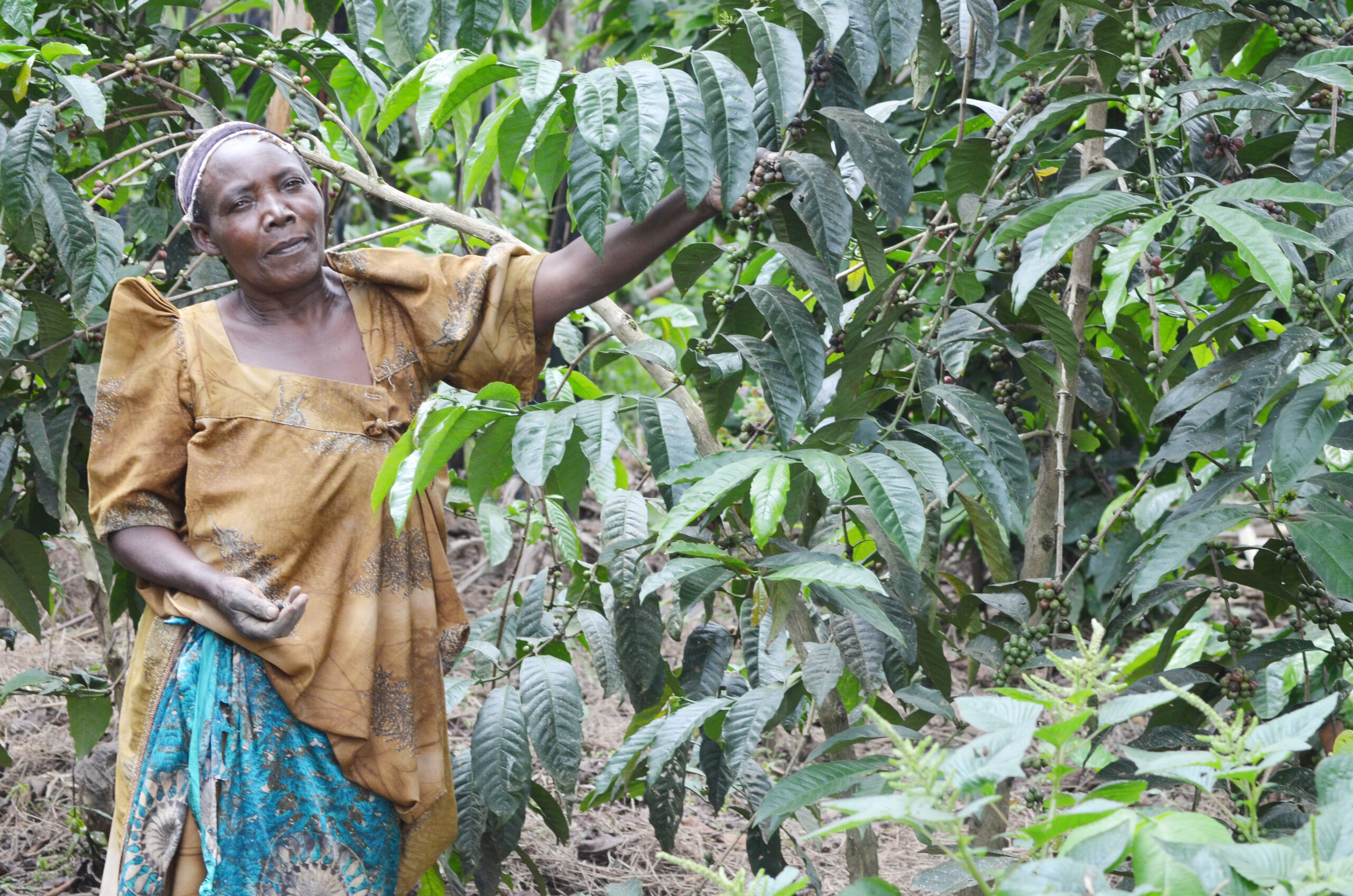To attract more smallholder farmers to its money economy, Uganda has started implementing its much-touted Parish Development Model.
The model, which President Yoweri Museveni launched in February 2022, is a government-led initiative aimed at extricating 17.5 million Ugandans from poverty and integrating the country’s subsistence households into the money economy.
Uganda has previously struggled with other poverty-eradication initiatives such as the Youth Livelihood Program, Operation Wealth Creation, and the Rural Farmers Scheme.
By all accounts, the model is being marketed as a way to achieve the country’s third National Development Plan‘s target of 18.5 percent for poverty reduction and 0.37 percent for income inequality.
Sixty-one percent of Ugandans live outside the country’s money economy, and three-quarters of the population is classified as poor according to the International Poverty Line of 3.20 dollars per day.

In his 2023 Labour Day speech, President Museveni stated that “if we seriously implement the Parish Development Model, we shall generate 70 million jobs in the seven million homesteads across the country through modern agriculture alone.”
Uganda has previously struggled with other poverty-eradication initiatives such as the Youth Livelihood Program, Operation Wealth Creation, and the Rural Farmers Scheme.
The Parish Development Model is Uganda’s last-mile strategy to build a strong and resilient food system through the production of 14 key commodities.
The country is hoping to get its household poverty alleviation act together this time around by targeting poverty and food insecurity from the parish level.
Uganda has 10,694 parishes, each with a population of between 450 and 30,000.
Regarding food insecurity, the World Food Program’s current Hunger Map indicates that 15.6 million Ugandans are food-insufficient.

“In the next five years, the goal is to uplift 39 percent of Uganda’s low-income households from a subsistence economy to sustainable commercial agriculture production,” said Raphael Magyezi, Uganda’s Local Government Minister.
“The Parish Development Model will ensure the country’s smallholder farmers who account for 80 percent of the agricultural workforce do not only produce for survival but are given a chance to join the money economy.”
Farmers only need to register with their parish heads and provide the authorities with a plan on how they intend to spend the funds.
President Museveni, who emphasizes the importance of households participating in the money economy, recently stated that the model, which was allocated 70 million dollars, can raise Uganda’s Gross Domestic Product rate to at least seven percent by 2040.

The Parish Development Model is Uganda’s last-mile strategy to build a strong and resilient food system through the production of 14 key commodities: maize, bananas, beans, cassava, sweet potatoes, dairy, coffee, tea, cocoa, and fish.
“The Parish Development Model will create on-farm and off-farm employment opportunities for many rural underprivileged smallholder farming households, as well as promote value addition and investments in agro-processing,” said Dr Agnes Apea Atim, vice chair of Uganda Parliament’s Committee on Agriculture, Animal Industries and Fisheries.

Alimansi Nagaya is one of many smallholder farmers hoping to benefit from the model, which is being implemented through a revolving fund of 26,819.02 dollars per parish.
The 28-year-old is optimistic that he will expand his plantain, tomatoes, and sweet potatoes farming enterprise with proceeds from the model.
“I hope to use the funds to purchase better quality banana suckers, sweet potato vines, and tomato seeds. I want to expand my farming enterprise so I can produce more food for sale,” he said.
Kevina Magola, a 32-year-old smallholder farmer in Nakigo village in Iganga is also upbeat. “I need extra seeds as I am considering planting more corn for sale rather than just for sustenance,” he said.

Prominent Ugandan economist and researcher Dr Fred Muhumuza said that by emphasizing food system resilience from the grassroots, Uganda is laying a firm foundation for the transformation of its rural communities.
“Resilience is stronger at the grassroots, therefore building it from there is important,” Dr Muhumuza said.
Uganda’s Vision 2040 aspires to transform the country to middle-income status by 2026 with the hope of replicating the successes of Malaysia and South Korea, which lifted their citizens out of poverty using such strategies.
The Theory of Development State, which is the South Korean model, gained traction in the 1970s when President Park Chung Hee announced ambitious agricultural and rural modernization programs to increase domestic production and improve rural livelihoods.
Malaysia’s New Economic Policy, which dates back to the 1970s, and the National Development Policy, which was adopted in 1991, were designed to achieve economic growth and improve the welfare of the country’s rural citizens through the development of the agriculture sector, agriculture support services, and integrated area and institutional development.

In East Africa, Tanzania, and Kenya have recently established models akin to Uganda’s.
Tanzania, where 65 percent of the population is employed in the agricultural sector, is working towards higher productivity, commercialization, improved incomes for smallholder farmers, food and nutrition security, and GDP contribution through the Agricultural Sector Development Program phase II.
The program started in 2017 and will run for ten years.
Each parish will have a cooperative society through which government funding will be channeled.
Kenya’s Agriculture sector transformation and growth strategy seeks to transform the sector by increasing small-scale farmers’ incomes, growing agricultural output, and boosting household food resilience.
Kenya has 4.5 million small-scale farmers.
According to preliminary estimates, the strategy could enhance the lives of 3.3 million small-scale farming households (about 15 million Kenyans), and add up to 1.2 billion dollars annually to the agricultural GDP.
How Uganda’s model works
The government has provided farmer registers in each of the country’s 10,694 parishes.
Farmers only need to register with their parish heads and provide the authorities with a plan on how they intend to spend the funds.
Each parish will have a cooperative society through which government funding will be channeled.
Concerns about the model
In a paper titled The Path to Sustainable and Inclusive Development: Rethinking Uganda’s Parish Development Model Realization Strategies, scholars offered that Uganda’s model suffers from weakness in conceptualization and scanty research.
Some legislators have cited the lack of key infrastructure like roads and electricity in many of the country’s parishes as risk factors.
The researchers, Janet Amito, George William Masha, Benard Cankara, and Davis Byaruhanga noted that the success of the model will largely depend on how the government fine-tunes its implementation plan.
Some legislators also have their fears and have cited the lack of key infrastructure like roads and electricity in many of the country’s parishes as risk factors.
There are also concerns that not enough sensitization has been carried out.
Juliet Kinyamatama, a legislator from Rakai District in central Uganda, cautioned that if infrastructure development was not prioritized before the rollout, the funds would go to waste in many parishes.

Agricultural researcher Erick Okwalinga explained that while the Parish Development Model is useful, Uganda can gain if it warms up to technologies that can enable it to thrive.
“Biotechnology can help smallholder farmers increase yields,” he said.
“Uganda already has a robust biotechnology research ecosystem, which is creating crop types that are resistant to extreme weather events pests, and diseases. Smallholder farmers will require them.”
